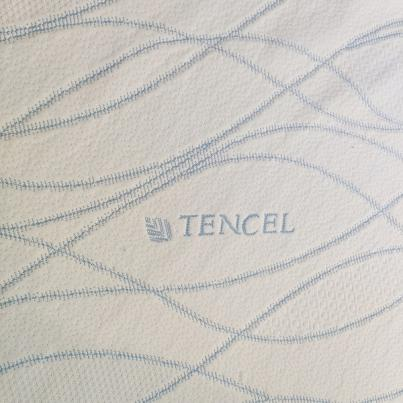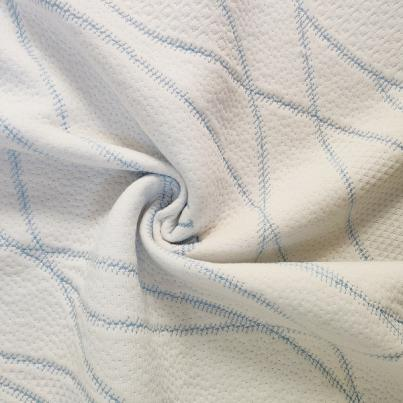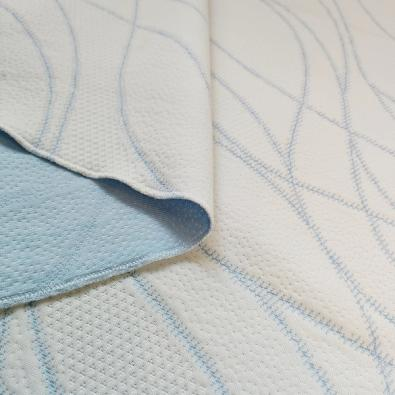What is Tencel Fabric & How is it Made?
Tencel is a man-made fibre that uses a blend of plant pulp, wood and other synthetic materials to create a quasi-natural man-made fibre. The wood pulp is mixed with a chemical solvent before being spun. It originates from Australia and uses eucalyptus trees for the plant part of the fibre. That may make you scratch your head, but simply put it’s not a memory foam. It should be thought of more as a replacement or alternative to a sheet of cotton. This is its primary use as a fibre or upholstery layer.
What are the Benefits of Tencel?
Tencel claims to be one of the most breathable fibres (a bit like all natural fibres are). It aims to produce a silky and breathable layer by mixing polyester, plant pulp, and then creating a man-made fibre from it. There are eco claims too, as it’s argued that creating Tencel uses less water than the growing of cotton. That’s probably true. However, there’s an argument that there’s a lower Co2 requirement for cotton growing, washing and spinning compared to the growing, blending, mixing, heating and then spinning of Tencel (especially when blended with polyester too).
Tencel is therefore a really interesting halfway house between proper natural fibres and completely synthetic ones. It’s often used in bedding, as it needs less ironing (thanks to the synthetic blend) and can feel very soft when woven into a fibre. This is just like polyester, but without the lower breathability.
Post time: Jan-05-2023







